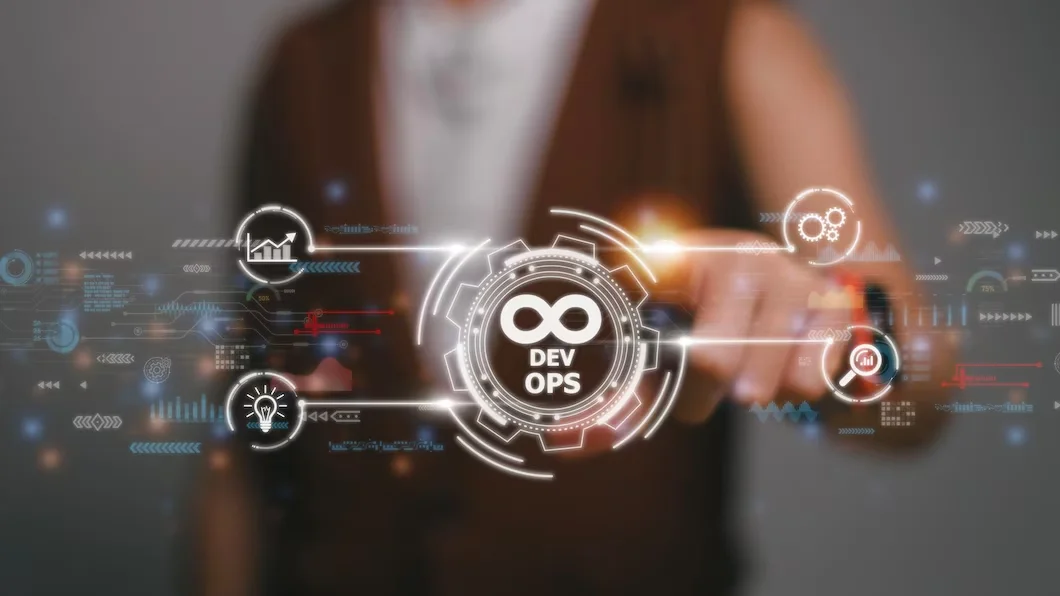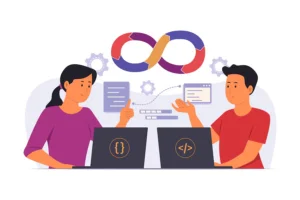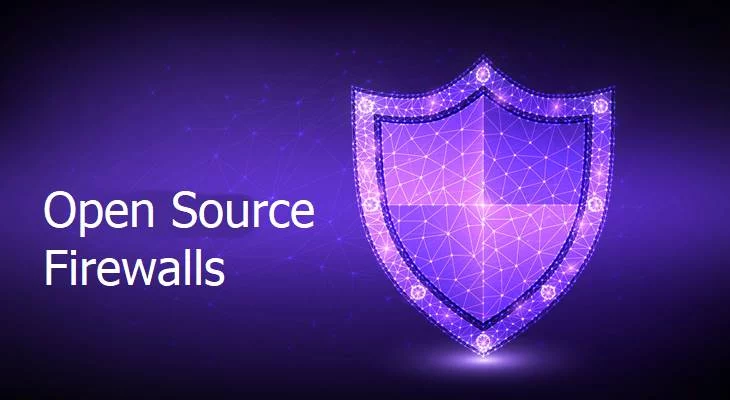Have you ever wondered how continuous integration and continuous deployment, or delivery and DevOps are changing software development, what is the complete process? In software development, CI/CD and DevOps term play an important role, you might hear about them many times. These terms are connected to each other but focus on different parts of software and processes. Let's explore what these terms are and how they differ from each other.
What is CI/CD?
Continuous Integration and Continuous Deployment or Delivery practices are designed to make deployment and development process of a software faster and seamless. Let us have a look at these components:
Continuous Integration: In this approach, the frequent integration of contributions is done in a common repository. The essence of Continuous Integration essentially focuses on the early detection and solution of integration problems by running automated tests on the newly built code. In this regard, the changes are committed by developer's multiple times a day. This practice allows developers to discover bugs or any kind of conflicts at the earliest.
Continuous Delivery: Continues delivery is built on continuous integration. It automatically deploys the code changes to a staging or production environment after they pass an automated test directly to production. It makes sure that the software is in a deployable state, and it can be released to users with very less manual intervention. In few cases, CD automatically deploys every change that passes the automated test directly to production.
For example, you are working on a website with a team.
CI: Every time a team member makes some change in code it is merged to the main codebase. And then automated test runs and checks whether there is any broken link or not.
CD: Once the tests pass, the new code is automatically deployed to a test site (staging) or the live site (production). This ensures that new features or fixes are quickly available for users. This allows them to give quick updates and with high reliability.
What is DevOps?
DevOps basically is a cultural and technical approach, or, in easy words, collaboration between the development (Dev), and operational (Ops) teams. Within any technology company, DevOps and CI/CD help developers and their operations teams work better together in building, testing, and releasing software for users faster and with fewer problems. It includes tools and practices that help to improve the efficiency of software delivery. As per report published in September 2024, DevOps was the most in demand tech skill by recruiters, in the year 2023, with approximately 35.55% of respondents.
Key Differences between CI/CD and DevOps:
Although Continuous Integration and Continuous Deployment or Delivery and DevOps share a common goal, such as efficiency and quality in software delivery, the difference comes from scope and focus:
| Aspect | CI/CD (Continuous Integration/ Delivery) | DevOps (Development and Operations) |
| Definition | A set of practices focused on automating code integration, testing, and delivery. | A cultural and technical approach aimed at improving collaboration and efficiency across the entire software lifecycle. |
| Scope | Focuses specifically on the integration, testing, and deployment of code. | It encompasses a broader range of practices including CI/CD, infrastructure management, and automation. |
| Primary Goals | Ensure code changes are integrated, tested, and delivered quickly and reliably. | Increase collaboration between operation teams and development teams. Automate and improve all aspects of the software lifecycle. |
| Key Practices | Automated testing, continuous integration, continuous delivery (or deployment). | Collaboration between teams, automation across all processes, continuous monitoring, and infrastructure as code. |
| Focus Area | Improving the efficiency and reliability of the code integration and deployment processes. | Improving overall efficiency, quality, and responsiveness throughout the entire software lifecycle. |
| Automation | Automates the testing, integration, and delivery of code changes. | Extends automation to include all aspects of development, deployment, and operations. |
| Feedback Loop | Primarily focuses on feedback related to code integration and testing. | Emphasizes continuous feedback and monitoring across development, deployment, and production environments. |
| Cultural Aspect | Typically, less focused on cultural changes; more on technical processes. | Strong emphasis on fostering a culture of shared responsibility between development and operations. |
| Infrastructure Management | Not typically included; focuses more on code and deployment processes. | Includes practices like Infrastructure as Code (IAC) for provisioning and managing infrastructure. |
| Core Operation | Building phase, Deployment Phase, Testing Phase, and Automated Testing Phase. | Application development, packaging, code development, unit testing, deployment with infrastructure, configuration, code coverage, orchestration, provisioning and deployment. |
Summing Up!
In the software development and deployment process, CI/CD and DevOps are important components. Where CI/CD implements the technical aspects of code integration and delivery by ensuring that the changed codes have passed the test and are deployed quickly. On the other hand, DevOps encircles a wide range of practices, that aim to foster automated processes, collaboration, and improve the overall efficiency throughout the lifecycle of software. By understanding these differences teams can better implement these practices and deliver more effective and efficient software to users.
To know more about the latest technologies, visit us at KnowledgeNile!
You May Also Like:






